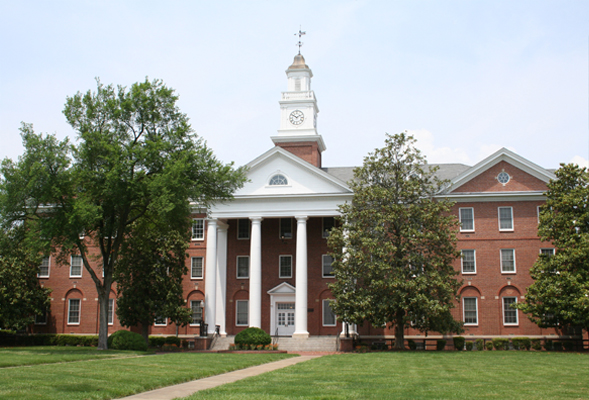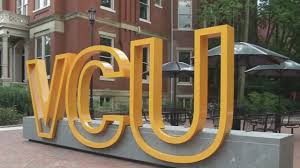General Assembly to weigh proposal to turn college savings surplus into scholarships
by Virginia Mercury
After a review found a Virginia college savings program has racked up more than a billion dollars in surplus funds, a lawmaker is proposing to put that money toward scholarships for low-income students.
“I think this is a unique opportunity for us to use these dollars forever,” said Sen. Scott Surovell, D-Fairfax, the patron of Senate Bill 1461. “As soon as I saw that there was a surplus of that size, I wanted to make sure we didn’t spend it.”
Surovell’s legislation would create the Virginia College Opportunity Endowment and Fund to distribute hundreds of annual scholarships to Virginia students eligible for Pell Grants who attend any of 12 public universities.
He estimated that at least 2,200 annual scholarships of $25,000 could be awarded from the surplus funds.
The universities earmarked under the legislation are schools with smaller endowments than high-profile institutions like the University of Virginia and Virginia Tech. Surovell said the fund would allow other colleges to “be able to compete for Pell-eligible students more effectively than they can right now.”
Virginia College Savings Program
In July 2021, Virginia’s Joint Legislative Audit and Review Commission, a state watchdog agency, was informed that an actuarial review had found the state’s Legacy Prepaid529 program, a college savings plan that stopped enrolling participants in 2019, had more than $1 billion in surplus revenue.
Lawmakers then directed commission staff to study whether some of that money could be reinvested in financial aid and other higher education goals. Last year, the Senate Education and Health Committee also voted to send a letter to the agency asking it to consider as part of the study a 2021 bill from Surovell that would have used the surplus for scholarships from a “Virginia College Equity Fund.” That bill failed to move forward because JLARC and Virginia529, the administrator of the state’s tax-advantaged savings plans, were still vetting the legality of moving the funds at the time.
This November, a JLARC report found $1.3 billion could be safely removed from an umbrella college savings fund known as the Defined Benefit 529 Fund over at least five years to be used for educational assistance.
One of the drivers of the surplus was administrative fees that grew to approximately $631 million.
The legislation
Surovell’s legislation would propose using that surplus for a program that would send scholarships to students who attend or plan to attend one of 12 eligible universities including Christopher Newport, George Mason, James Madison and Longwood. Other eligible schools would be Norfolk State, Old Dominion, Radford and Virginia Commonwealth universities, Virginia Military Institute, Virginia State University, the University of Mary Washington and the University of Virginia’s College at Wise.
Students would have to be eligible for Pell Grants and commit to being employed or enrolled in postgraduate education in Virginia for at least eight years after graduation.
As part of the legislation, the Virginia College Savings Plan board would deposit $250 million per year of surplus funds in the Virginia College Opportunity Fund that would pay for the scholarships.
An independent advisory committee would have the ability to reduce the annual deposits if certain conditions related to the status of the savings plan were not met.
The five-member committee would be made up of a gubernatorial appointee, the investment director of the Virginia College Savings Plan, the state treasurer and the staff directors of the House and Senate money committees.
(Virginia Mercury is part of States Newsroom, a network of news bureaus supported by grants and a coalition of donors as a 501c(3) public charity. Virginia Mercury maintains editorial independence. Contact Editor Sarah Vogelsong for questions: info@virginiamercury.com. Follow Virginia Mercury on Facebook and Twitter.)




